Read along for the ultimate garden planning guide.
Imagine stepping into your backyard and being greeted by a vibrant oasis of colour and fragrance. A well-designed garden can be a source of immense joy, providing a peaceful retreat and a connection to nature. But achieving this idyllic scene doesn’t happen by chance. Effective garden planning is the key to transforming your outdoor space into the beautiful yard you’ve always dreamed of.
This comprehensive guide will equip you with the knowledge and tools you need to embark on your garden planning journey, covering everything from assessing your space to choosing the right plants and maintaining your garden’s beauty for years to come.
The Best Garden Planning Tips!
1: Assessing Your Space and Resources for Effective Garden Planning
Understanding Your Canvas
Before you even consider picking up a trowel, the first step in garden planning is to thoroughly assess your existing space and resources. Understanding your yard’s unique characteristics will lay the foundation for a successful and thriving garden. This initial phase of garden planning might seem tedious, but it’s crucial for making informed decisions down the line.
Begin by analysing the sunlight exposure in different areas of your yard. Some plants thrive in full sun, while others prefer shade. Observe how the sunlight moves across your yard throughout the day. A simple sun map can be incredibly helpful during the garden planning process.
Next, evaluate your soil type and drainage. Different plants have different soil preferences. Is your soil sandy, clay-like, or loamy? Does the water pool after rain, or does it drain quickly? Knowing the answers to these questions will guide your plant selection and garden planning decisions.
Accurate measurements are essential for effective garden planning. Measure the available space for planting, taking into account existing features like trees, fences, and structures. This will help you determine how many plants you can accommodate and how to arrange them effectively.
Finally, consider your budget and available time for garden maintenance. Garden planning should be realistic. Choose plants that fit your lifestyle and resources. A low-maintenance garden might be ideal if you have limited time. Careful garden planning from the outset will prevent frustration and ensure a garden you can enjoy for years to come.
2: Defining Your Garden Style and Purpose
Visualising Your Dream Garden
With a clear understanding of your yard’s characteristics, the next stage of garden planning involves defining your garden’s style and purpose. This is where you let your creativity bloom and envision the garden of your dreams. What kind of atmosphere do you want to create? What do you hope to achieve with your garden?
Explore different garden styles to find one that resonates with you. Do you prefer the structured elegance of a formal garden, the charming informality of a cottage garden, or the clean lines of a contemporary garden? Researching various styles will provide inspiration and help you narrow down your preferences.
Consider the primary purpose of your garden. Are you primarily interested in growing colorful flowers for visual appeal? Do you envision a bountiful vegetable garden to provide fresh produce for your table? Or perhaps you seek a tranquil retreat for relaxation and contemplation? Defining your garden’s purpose is a crucial element of garden planning.
Your personal preferences and lifestyle should also play a significant role in your garden planning process. Do you enjoy spending time outdoors tending to your plants, or do you prefer a low-maintenance garden? Think about how you plan to use your garden space. Will it be a place for entertaining guests, or a private sanctuary for quiet enjoyment? Effective garden planning aligns your garden with your individual needs and desires.
3: Choosing the Right Plants for Your Garden Plan
Selecting Your Green Companions
Now comes the exciting part of garden planning: choosing the plants that will bring your vision to life! With countless plant varieties available, it’s essential to select plants that are well-suited to your specific climate, soil conditions, and garden style.
Thorough research is key to successful garden planning. Consult local gardening resources, nurseries, or online databases to identify plants that thrive in your region. Consider factors such as average temperatures, rainfall, and frost dates. Choosing plants adapted to your local climate will significantly increase their chances of survival and minimise the need for extensive care.
When selecting plants, pay attention to their size, growth habit, and flowering season. Do you want tall, stately plants or low-growing groundcovers? Do you prefer plants with vibrant blooms or interesting foliage? Consider the timing of their flowering periods to ensure a continuous display of colour throughout the growing season.
A diverse selection of plants is essential for a healthy and visually appealing garden. Incorporating a variety of species not only adds interest but also promotes biodiversity and resilience. Think about companion planting, a technique where certain plants are grown together to benefit each other. Some combinations can deter pests, improve soil health, or even enhance the flavor of vegetables. Successful garden planning involves considering these ecological interactions.
4: Creating a Functional and Aesthetic Garden Layout
Designing Your Garden’s Blueprint
With your plant selection finalised, the next phase of garden planning involves creating a functional and aesthetically pleasing layout. This is where you’ll determine the precise placement of each plant and other elements within your garden space.
Start by sketching a garden plan on paper or using online garden planning tools. This visual representation will help you organise your thoughts and ensure that all the elements work together harmoniously. Indicate the location of existing features like trees, fences, and structures, and then begin placing your chosen plants within the available space.
Consider the flow and accessibility of different areas within your garden. Create pathways that allow you to easily navigate through the space and access different sections for maintenance. Think about how you want to move through the garden and where you might want to pause and enjoy the scenery.
Focal points and visual pathways are essential elements of effective garden planning. A focal point can be a striking plant, a sculpture, or a water feature that draws the eye and creates a sense of visual interest. Visual pathways, created through the arrangement of plants and hardscaping elements, guide the eye through the garden and create a sense of depth and perspective.
Hardscaping elements such as paths, patios, and retaining walls play a crucial role in defining the structure and functionality of your garden. These features not only enhance the aesthetic appeal but also provide practical benefits like improved drainage and erosion control. Incorporate hardscaping elements strategically into your garden plan to create distinct areas and enhance the overall design.
5: Preparing the Soil and Planting Your Garden
Bringing Your Garden to Life
With your garden plan in place, it’s time to get your hands dirty and start preparing the soil for planting. This crucial step in garden planning ensures that your plants have the best possible start and sets the stage for healthy growth.
Amend the soil with compost or other organic matter to improve its structure, fertility, and drainage. This is a fundamental aspect of garden planning, as healthy soil is the foundation of a thriving garden. Spread a layer of compost over the planting area and work it into the existing soil using a garden fork or tiller.
Follow proper planting techniques for different plant types. Some plants prefer to be planted in shallow holes, while others require deeper planting. Pay attention to the spacing recommendations for each plant to avoid overcrowding and ensure adequate air circulation.
Water thoroughly after planting to help the roots establish themselves in the new soil. Consistent watering is especially important during the first few weeks after planting. Mulch around plants to retain moisture, suppress weeds, and regulate soil temperature. Mulching is a valuable garden planning technique that reduces maintenance and promotes healthy plant growth.
6: Maintaining Your Garden’s Beauty
Nurturing Your Garden’s Growth
Once your garden is planted, ongoing maintenance is essential for preserving its beauty and ensuring its long-term health. This final stage of garden planning involves developing a regular routine to provide your plants with the care they need to thrive.
Develop a watering schedule based on plant needs and weather conditions. Some plants require frequent watering, while others are more drought-tolerant. Monitor the soil moisture regularly and adjust your watering schedule accordingly.
Fertilise plants regularly to provide them with the nutrients they need for optimal growth. Choose a fertiliser that is appropriate for the types of plants in your garden. Follow the instructions on the fertiliser packaging carefully to avoid over-fertilising, which can harm your plants.
Prune plants to maintain their shape, encourage flowering, and remove dead or diseased branches. Pruning is an important aspect of garden planning, as it helps to keep your plants healthy and looking their best.
Regularly monitor your garden for pests and diseases. Early detection is key to preventing widespread infestations or infections. Take appropriate action if you notice any signs of pests or diseases, such as using organic pest control methods or removing affected plant parts. Ongoing garden planning is essential for long-term success.
7: Adapting Your Garden Plan Over Time
Embracing the Evolution of Your Garden
One of the most important things to remember about garden planning is that gardens are dynamic and ever-changing. As your plants grow and mature, your garden will evolve, and your garden planning should evolve along with it. Embrace this process of change and be prepared to adapt your garden plan over time.
Acknowledge that some plants may grow larger than anticipated, while others may not perform as well as expected. Be prepared to relocate plants, divide overgrown perennials, or even remove plants that are not thriving. Flexibility is key to successful long-term garden planning.
Consider the seasonal changes and adapt your maintenance accordingly. Different seasons require different approaches to watering, fertilising, and pest control. Incorporate seasonal tasks into your garden planning, such as preparing your garden for winter or planting spring bulbs.
Don’t be afraid to experiment with new plants and design ideas. As you gain experience with garden planning, you may discover new plants that you love or develop new design preferences. Be open to trying new things and incorporating them into your garden plan. A garden is a living canvas, and garden planning is an ongoing process of learning and experimentation.
Creating a beautiful and thriving garden is a rewarding journey that begins with careful garden planning. By following the steps outlined in this guide, you can transform your outdoor space into a haven of beauty and tranquility. Remember that successful garden planning involves understanding your space, choosing the right plants, creating a functional layout, and providing ongoing maintenance.


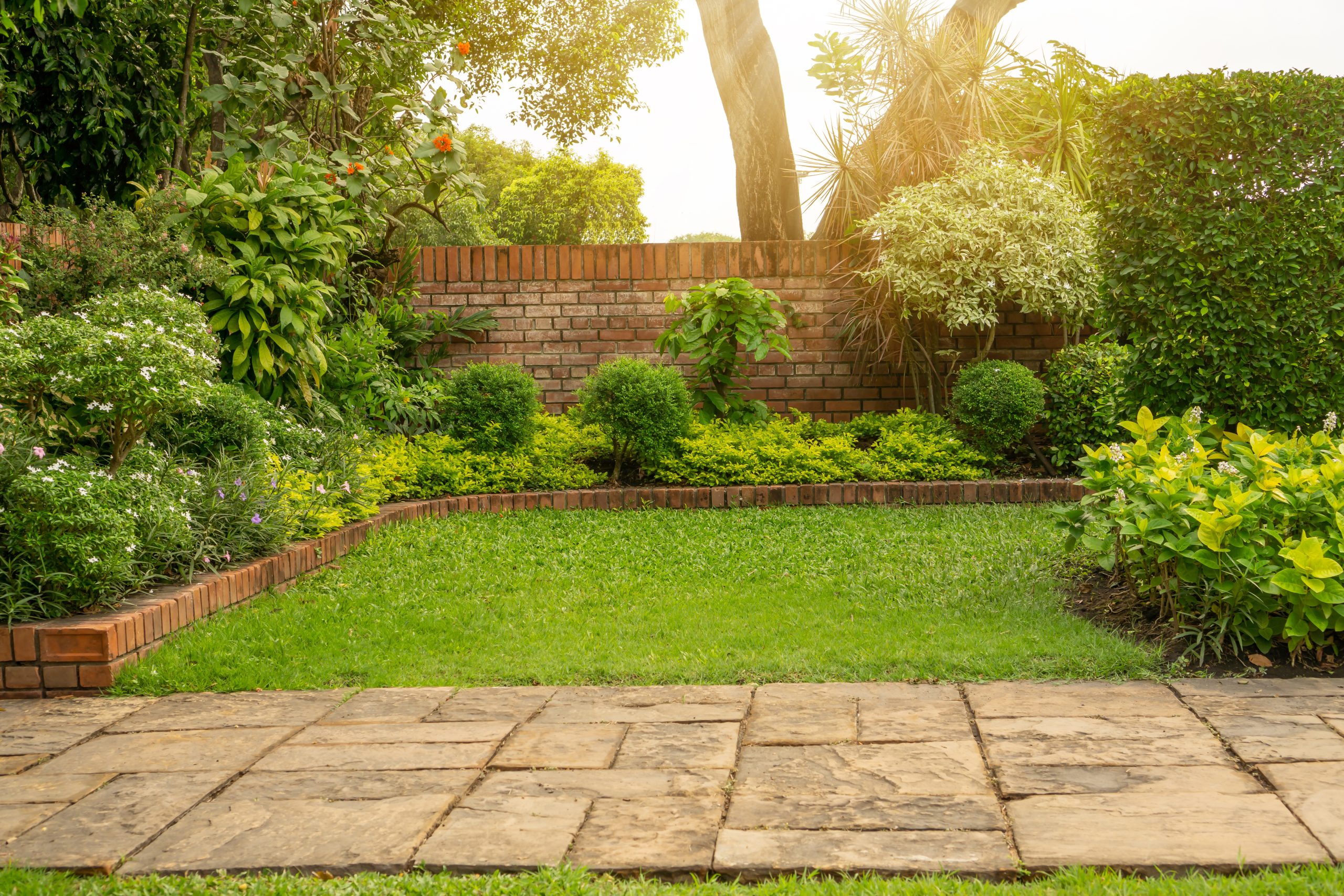

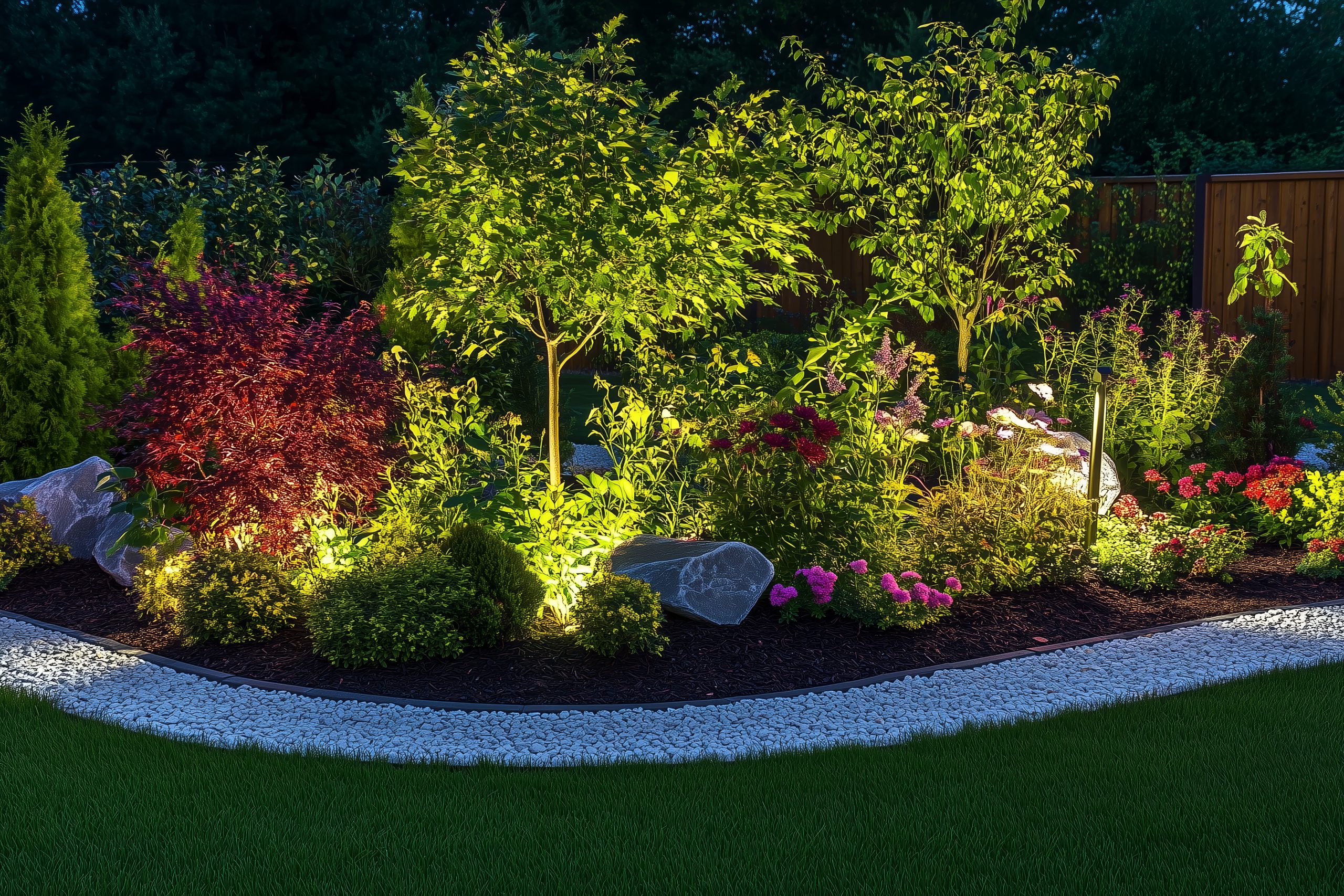
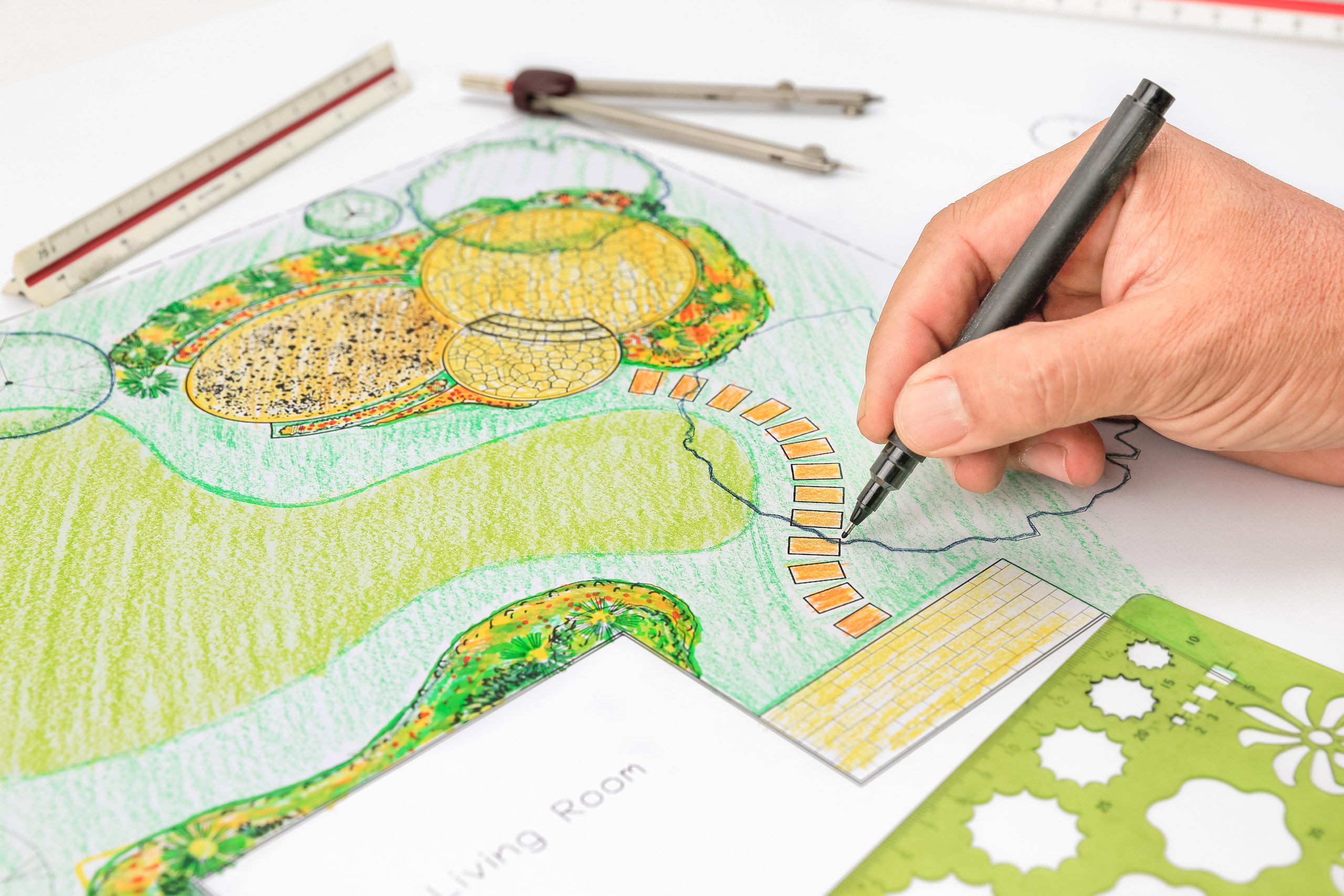
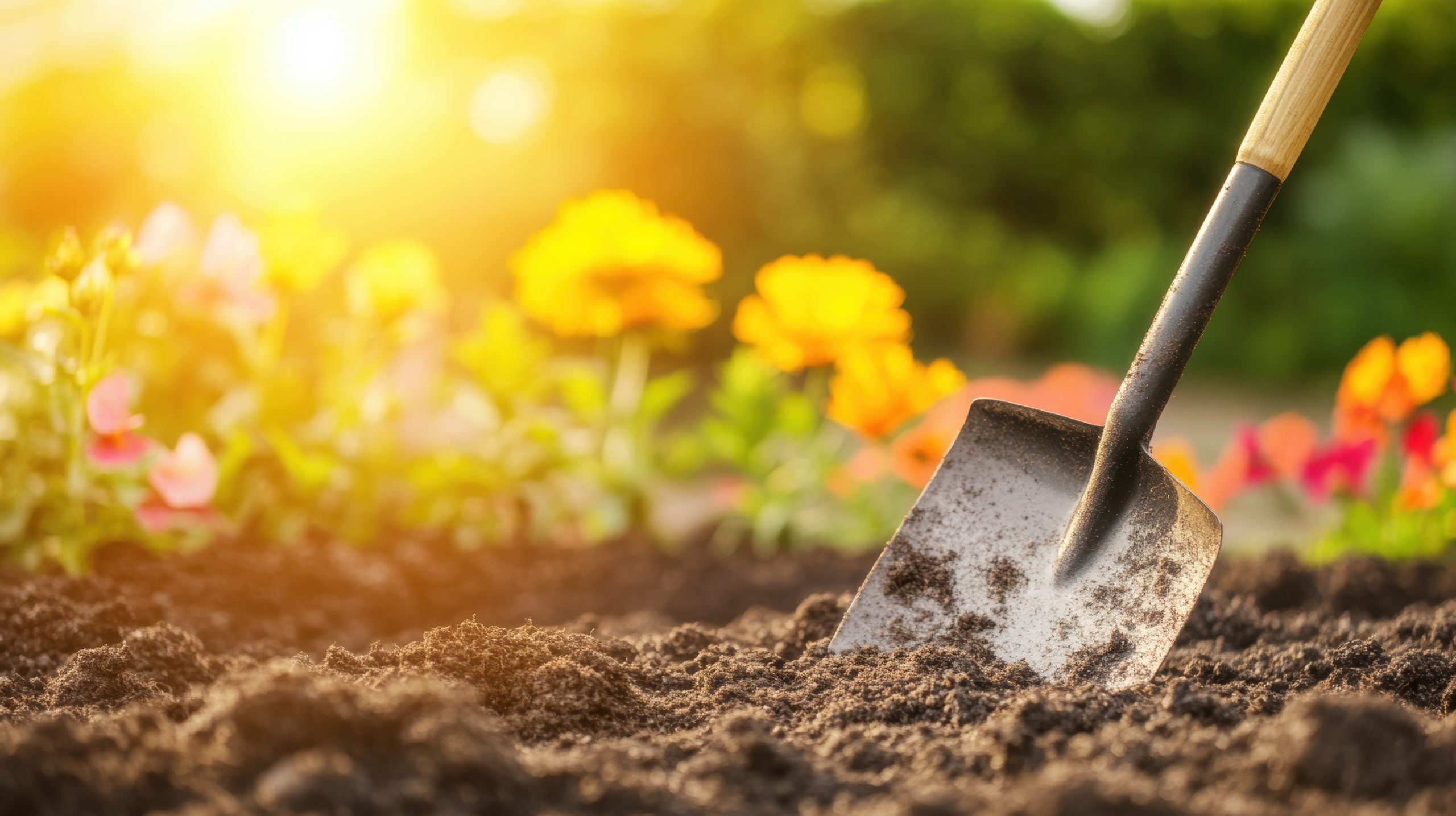
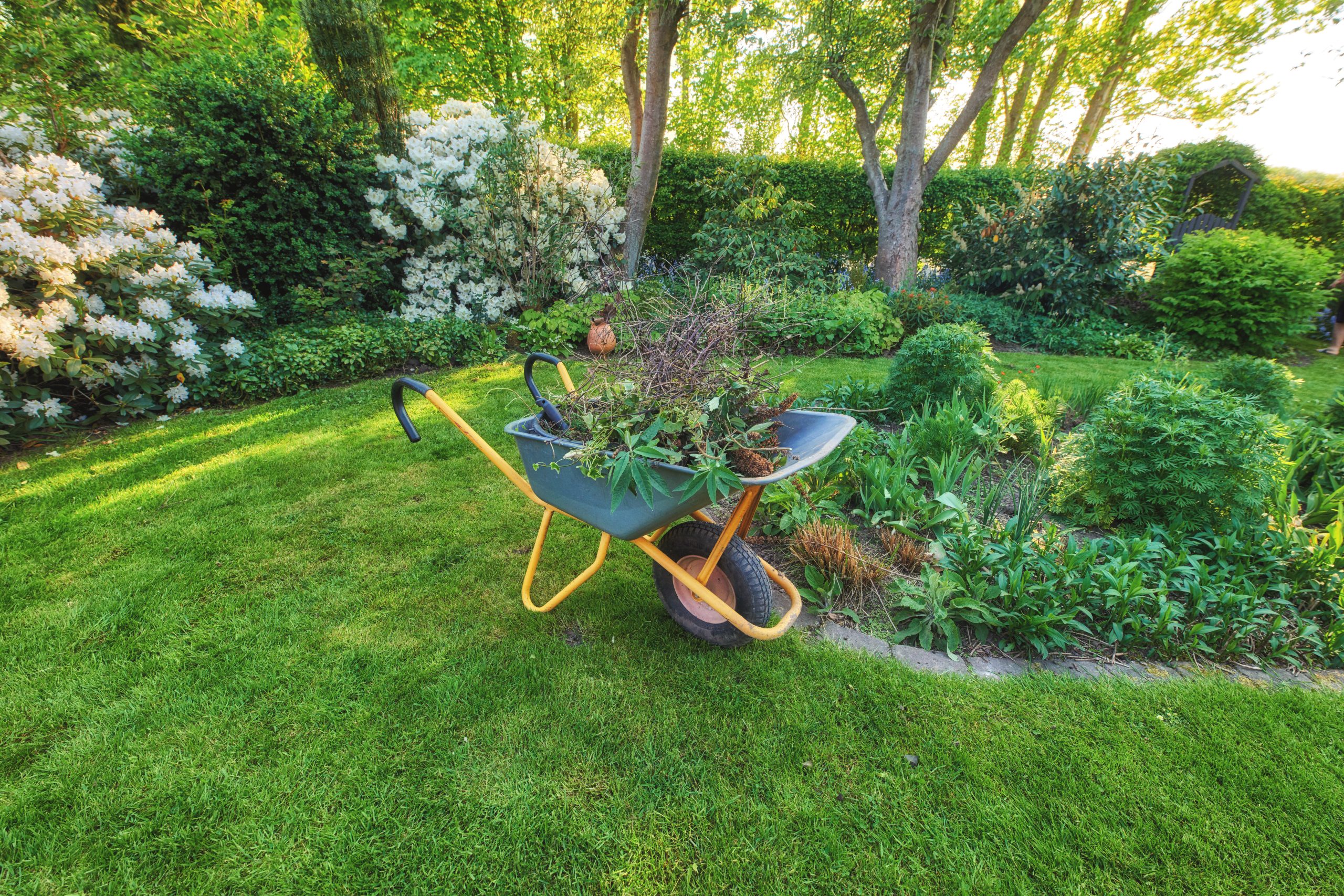
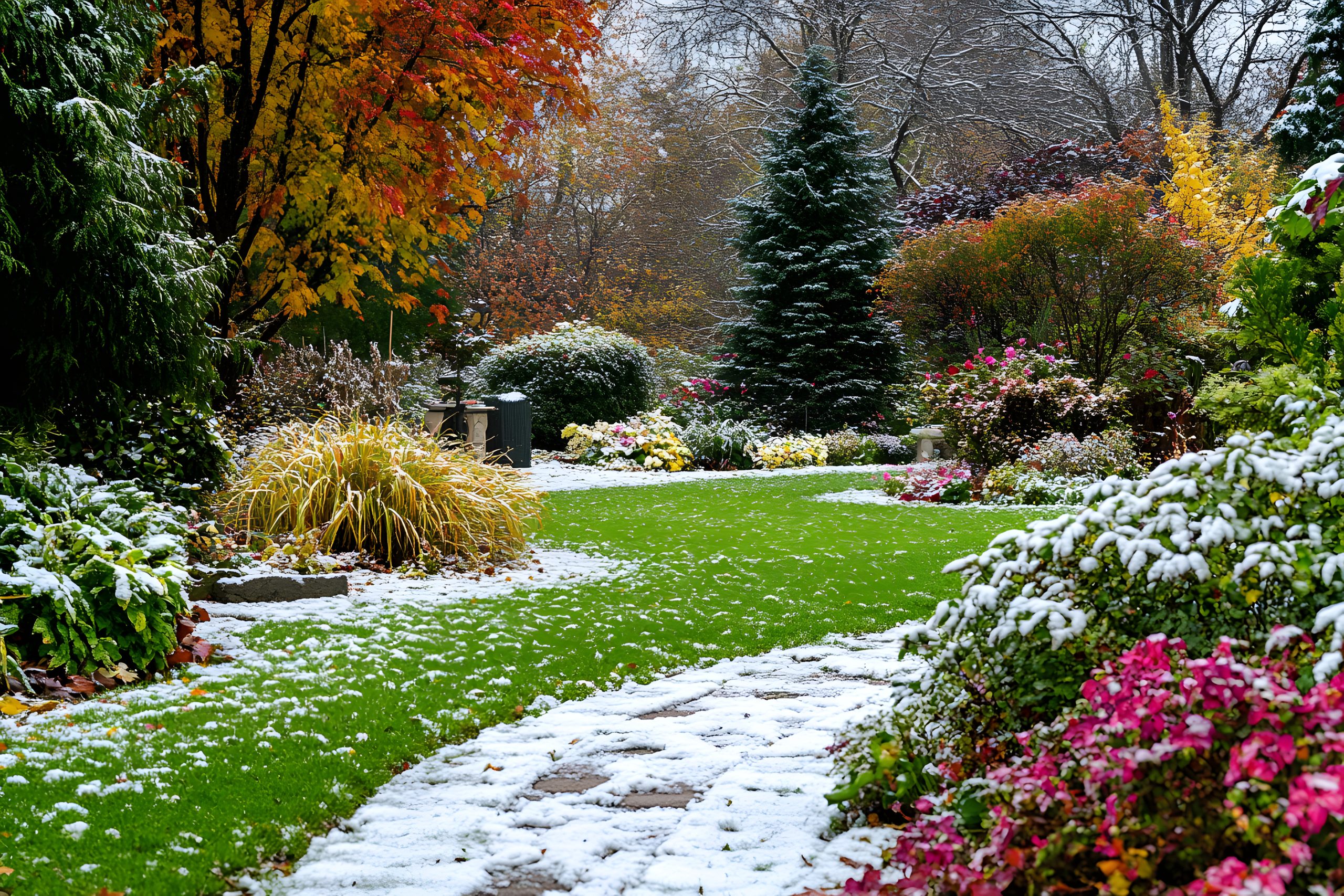



0 Comments